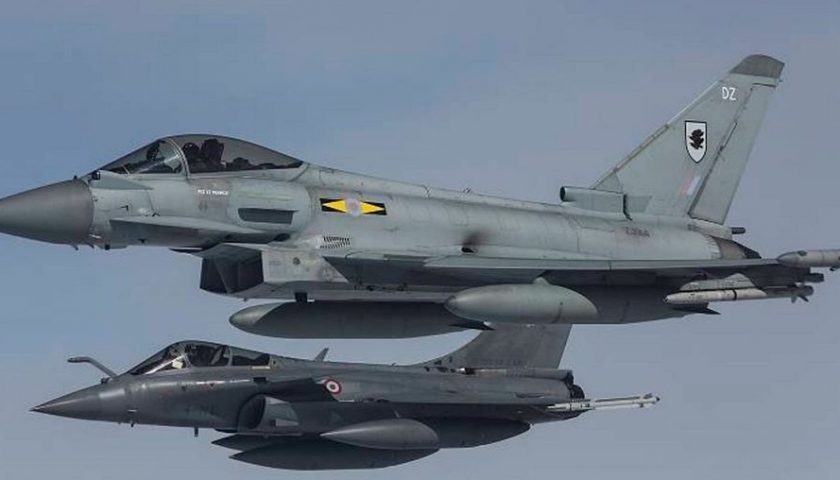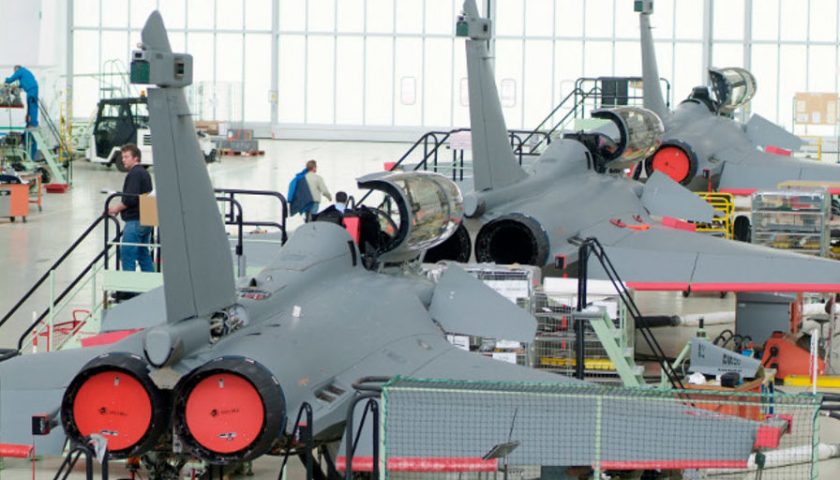In a statement to the British Parliament, Defense Minister Penny Mordaunt estimated that European countries had the means to simultaneously finance two combat aircraft programs, in this case the Tempest and the FCAS. She also insisted on cooperation between the two programs in order to obtain optimum interoperability, indicating that she was in contact with her French counterpart to guarantee this.
It is difficult to find a coherent explanation of what this statement underlies. Indeed, if the programs are in contact and looking for optimized interoperability, one might think that there would not be much missing before having an illumination, and decide to design two devices, or even three, on segments and different schedules within a budget envelope equal to that of the two programs placed end-to-end. (For more details on the extended FCAS model, see this article, thereof et thereof). However, while the solution appears obvious, it seems that invisible forces are at work to maintain this double parallel trajectory. And indeed, such forces exist, and have already been at work for several decades. It is, in fact, the joint action of several factors.

First of all, the air forces, whether British, French, German or Spanish, need a heavy fighter by 2035/2040. Indeed, such a device offers high performance, great versatility, and optimized scalability. In the working hypothesis which is the paradigm today, namely that these air forces will only have this single new generation program for several decades, it is natural to seek the aircraft offering the best capabilities in a maximum domain, even if the price does not rise concomitantly with the mass of the system.
Secondly, since the 80s, both the military and industry have feared political opportunism and radical changes of position following changes in majority or economic crises. This is the reason why Dassault Aviation stopped maintaining its Mirage-2000 offer. The aircraft still clearly had proven potential on export markets, and the success of the F16V today is there to confirm this. But both the industrialist and the Air Force feared more than anything a political arbitration having led to a reduction in the number of Rafale ordered for the benefit of an additional mirage2000 order, the light fighter being, obviously, less expensive to purchase and use than the Rafale. Finally, this arbitration took place, since the number of Rafale was reduced to 225 including 180 for the Air Force, while no new Mirage 2000 came to strengthen the format of the French air forces.
Finally, thirdly, there is the fear of seeing a new failure of extended European cooperation. Here again, there is no shortage of examples of programs advanced and finally abandoned on the altar of a new majority or of unfavorable budgetary decisions, whether it be the FCAS combat drone program, the Franco-British aircraft carrier, or the initial program which gave birth to the Rafale and Typhoon. In particular, the two major European BITDs, French and British, are often suspicious of each other, their recovery rate being very high. They are, naturally, trying to maintain control over the key sectors of Defense aeronautical construction, such as propulsion or the general design of the aircraft.

Therefore, the conservatism which directs the political and industrial decision regarding the FCAS and Tempest programs is only the result of the old proverb “ Better one you have than two you have"...
This phenomenon is all the more marked as the only alternative proposed to the existence of the two programs today is based on the merger into a single program, which would seriously threaten the sustainability of entire sections of the two BITDs.
It nevertheless remains true that the FCAS and the Tempest are two absurd programs as they stand, because they cause an immense financial waste on R&D expenses which could not be superimposed, but related, so as to provide the European BITD a chance to hold its place in the decades to come. In addition, they will reproduce known situations with the Rafale and Typhoon : reduction of the accessible export market, price war, smaller volume leading to high production and maintenance costs, and devices inaccessible to half of European countries. Consequences which will lead, in return, The fears which today ossify political, industrial and military decisions, could well be at the origin of the future downgrading of Europe on the international scene.
